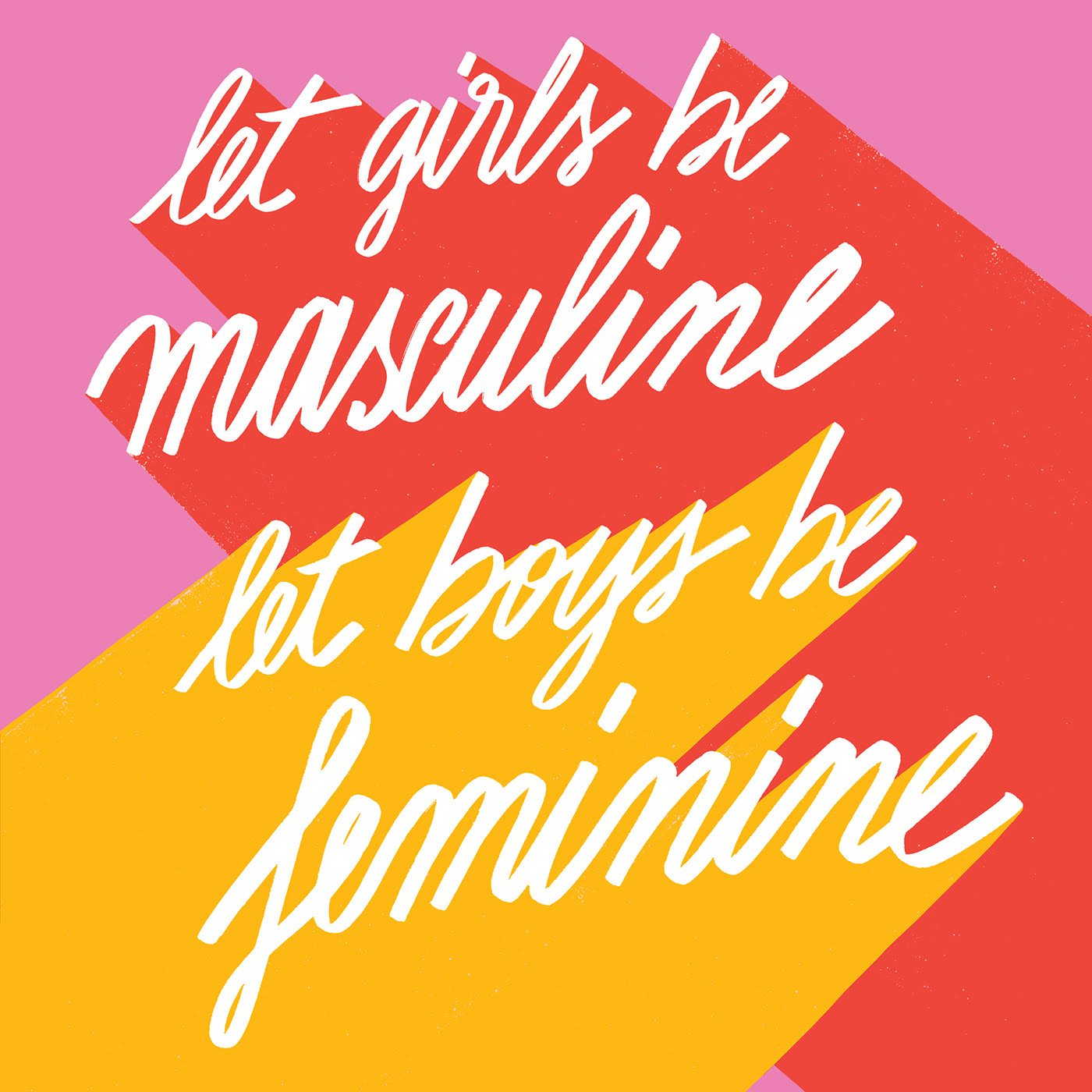Where do you start? What do you usually have on or around you? What is your creative process like?
What do you do to get out of a creative slump?
You have a very unique and defining style. Can you tell us how the process of finding that style and perfecting it has been like for you?
Perfecting a style or finding a voice takes time.
Can you tell us a little bit about your favourite project, and why it’s your fave?
The secret is finding context for what you are creating.




